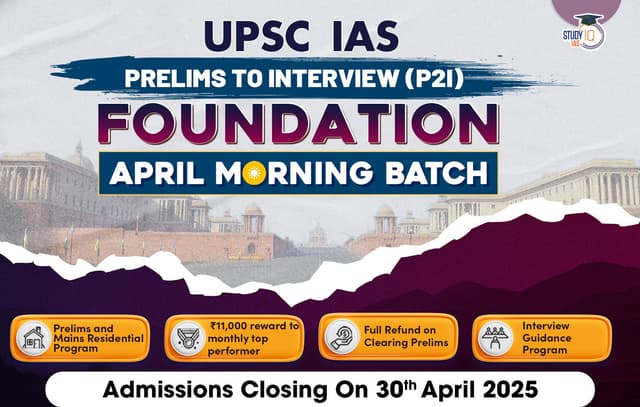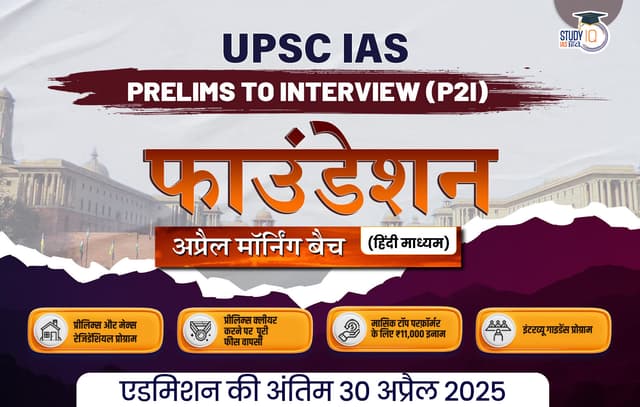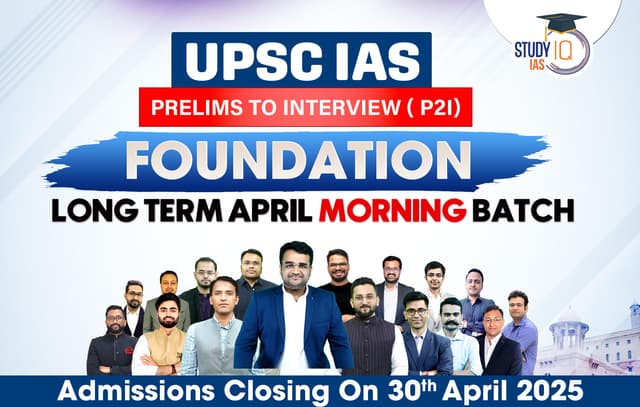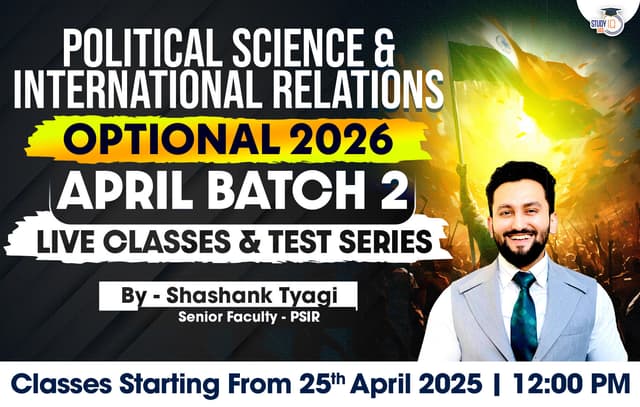Table of Contents
Q8. Raman is a senior IPS officer and has recently been posted as D.G. of a state. Among the various issues and problems/challenges which need his immediate attention, the issue relating to recruitment of unemployed youth by an unknown terrorist group was a matter of grave concern.
It was noted that unemployment was relatively high in the state. The problem of unemployment amongst graduates and those with higher education was much more grave. Thus, they were vulnerable and soft targets.
In the review meeting taken by him with senior officers (DIG range and above), it came to light that a new terrorist group has emerged at the global level. It has launched a massive drive to recruit young unemployed people. Special focus was to pick young people from a particular community. The said organization seemed to have the clear objective of utilizing/using them for carrying out militant activities. It was also gathered that the said (new) group is desperately trying to spread its tentacles in his state.
A definite/reliable intelligence tip was received by the State CID and Cyber Cell that a large number of such unemployed youth have already been contacted by the terrorist outfit/group through social media and local organizations and other contacts. The need of the hour was to act swiftly and check these elements/designs before they assume serious proportions.
Discreet inquiries made by the police, through the Cyber Cell, revealed that good numbers of unemployed youth are very active on Facebook, Instagram, and Twitter. On an average, many of them were spending 6-8 hours each day, using electronic devices/internet. It also came to light that such unemployed youth were showing sympathy and endorsing the messages received from certain persons, allegedly the contact persons of the global terrorist group. Their social media accounts revealed their strong affinity to such groups inasmuch as many of them started forwarding anti-national views on their WhatsApp and Facebook. It seemed that they succumbed to their play, and started propagating secessionist ideology. Their posts were hyper-critical of the government’s initiatives, policies, and subscribing to extreme beliefs and promoting extremism.
- What are the options available to Raman to tackle the above situation?
- What measures would you suggest for strengthening the existing set-up to ensure that such groups do not succeed in penetrating and vitiating the atmosphere in the state?
- In the above scenario, what action plan would you advise for enhancing the intelligence-gathering mechanism of the police force? (Answer in 250 words)
Introduction:
The above case highlights the ongoing issue of radicalisation of youth by terror outfits using Social media platforms. Vulnerabilities of youth are exploited by such terror groups to expand their reach and extent. In addressing the recruitment of unemployed youth by a global terrorist organisation, Senior IPS officer Raman has to take swift, strategic, and multi-pronged action.
Stakeholders:
- Raman, DG of a state – Responsible for upholding law and order in the state
- Unemployed youth – Being radicalised by terrorist organisation
- Families of unemployed youth
- Terrorist organisation
- State CID and Cyber cell
- Social media platforms
- General public of the state
Options Available to Raman:
- Strengthening Intelligence and Surveillance:
- Cyber Surveillance: Intensify the tracking of social media activity through the state’s Cyber Cell. Collaborate with national cyber-security agencies (like NIA, IB) to enhance data gathering on extremist sympathisers.
- Human Intelligence (HUMINT): Deploy undercover officers in vulnerable communities to gather on-ground intelligence.
- Intercepting Communications: Seek legal permission to monitor communications that could reveal key recruitment nodes and facilitators within the state.
- Proactive Engagement with Youth:
- Employment Programs: Collaborate with the state labor department and educational institutions to initiate employment drives, skill development, and entrepreneurial programs. This would create alternatives for unemployed youth, reducing their vulnerability to extremist groups.
- Community Outreach Programs: Organise local awareness campaigns, particularly in vulnerable communities, to expose the dangers of extremist ideologies and recruitment. Involve community leaders and religious figures to counter extremist narratives.
- Targeted Counter-Terrorism Operations:
- Identification of Key Actors: Utilize intelligence to identify local operatives and recruiters associated with the global terrorist group. Once identified, discreet detentions or interrogations may disrupt recruitment chains.
- Monitoring Financial Channels: Investigate the financial channels used to fund terrorist activities. Trace the funding sources that could be used for recruitment drives.
- Legal Measures:
- Use of Anti-Terror Laws: Invoke stringent laws such as the Unlawful Activities (Prevention) Act (UAPA) and National Security Act (NSA) to detain and prosecute individuals involved in promoting secessionism or violent extremism.
- Monitoring Public Gatherings: Control gatherings or local organisations where there is suspicion of recruitment activities, by regulating and licensing such events or meetings.
Measures for Strengthening the Existing Setup:
- Enhanced Cyber Monitoring Infrastructure:
- AI-Based Threat Detection: Equip the state’s Cyber Cell with advanced AI tools to detect patterns of extremist communication, sympathies, and recruitment. Use automated systems to monitor keywords, hashtags, and digital movements.
- Public-Private Partnerships: Collaborate with social media platforms like Facebook, Twitter, and Instagram to report accounts promoting extremist ideologies in real-time.
- Counter-Narrative Development:
- Digital Awareness Campaigns: Launch state-sponsored digital campaigns on social media to counter extremist propaganda. Use influential local figures, educational institutions, and role models to provide positive narratives.
- Government Transparency and Public Relations: Regularly communicate government policies and employment schemes to reduce the frustration that leads to youth endorsing extremist views.
- Community Policing Initiatives:
- Engage Local Communities: Foster trust between the police and communities. Create local community policing forums where local citizens can share information and concerns about extremist influence without fear of reprisal.
- Involvement of NGOs: Partner with NGOs working in education, employment, and de-radicalization programs to offer credible alternatives to at-risk youth.
- Psychological Counseling and Rehabilitation:
- De-radicalization Programs: Set up centres that provide counselling to youth exposed to extremist ideologies. This can involve the participation of psychologists, social workers, and educators to help at-risk individuals reintegrate into society.
- Collaborate with Families: Engage with families of youth showing signs of radicalization. Educational workshops on spotting early signs of radicalization can empower families to intervene early.
Action Plan for Enhancing the Intelligence-Gathering Mechanism:
- Integrated Intelligence Units: Establish a dedicated anti-terror cell within the state’s intelligence setup that focuses specifically on social media monitoring, online recruitment, and ideological infiltration. This unit should work in tandem with the national intelligence agencies.
- Predictive Analytics: Use big data analytics to predict the likelihood of radicalization in specific areas or among specific populations based on employment patterns, education levels, and digital behaviours.
- Local Informants and HUMINT Network: Strengthen the human intelligence network by recruiting local informants who can keep track of on-ground activities. Community-based intelligence gathering is key to identifying recruiters and radical elements.
- Coordination with National Security Agencies: Improve coordination with central agencies like the Intelligence Bureau (IB), National Investigation Agency (NIA), and the Research and Analysis Wing (RAW) for intelligence sharing, training, and technical assistance. Joint operations with these agencies can enhance the effectiveness of counter-terrorism efforts.
- Digital Footprint Audits: Regular audits of social media accounts associated with individuals flagged by intelligence agencies. Track changes in their activity patterns to anticipate moves that might pose a security threat.
- Capacity Building and Training: Organise specialised training programs for police officers on handling cyber terrorism, social media monitoring, and community outreach. Equipping them with modern investigative techniques will strengthen their capabilities to tackle terrorism.
Conclusion:
Raman must combine short-term tactical measures with long-term strategic initiatives to address this threat. By simultaneously disrupting recruitment operations, strengthening cyber-monitoring infrastructure, involving local communities, and offering youth employment and education opportunities, he can reduce the allure of extremist ideologies and protect the state’s security.
Coordination between law enforcement, intelligence agencies, and civil society is crucial for ensuring that such terrorist groups do not succeed in their designs.


 How Much Do You Need to Score to Top the...
How Much Do You Need to Score to Top the...
 UPSC Topper Marksheet 2024: Subject-Wise...
UPSC Topper Marksheet 2024: Subject-Wise...
 UPSC Cadre Allocation Policy 2025 for IA...
UPSC Cadre Allocation Policy 2025 for IA...





















